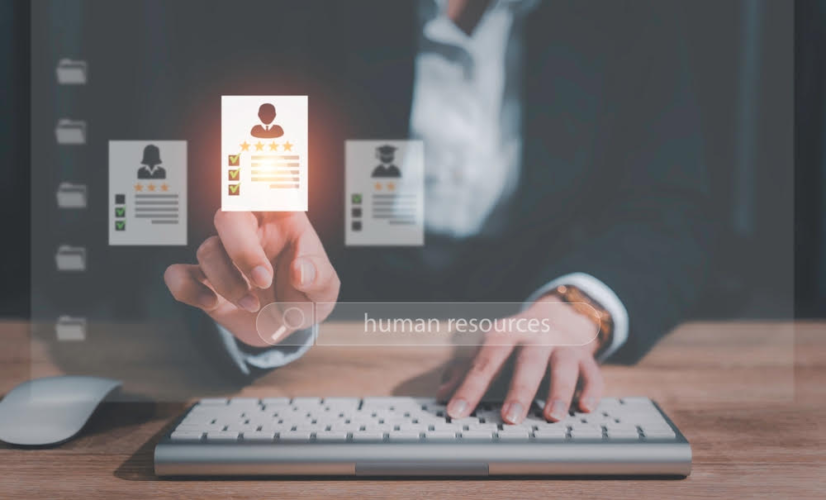What is HRMS?
The term “human resource management system” (HRMS) refers to a set of programs, such as Human Capital Management (HCM) and Human Resource Information System (HRIS), that assist HR professionals in caring for the most important resource of an organization, its employees. Manually performing HR activities is too time-consuming and complex. Utilizing a technical tool like an HR Management Solution can help you manage your workers more effectively while also saving time and money.Common Functions of the HRMS System
Every organization has a human resource management department that aims to improve employee performance in line with the strategic goals of the employer. Human resource management, which is primarily concerned with how people are handled inside organizations, is governed by systems and policies. The following HR-related subsidiary functions can be automated and streamlined with the help of an HRMS:1. Manpower Planning
Estimating the human resources required to deliver the desired business goals is a major emphasis of human resource planning. Human resource plans could be short-term or long-term. With the aid of an effective HRMS, the HR team can expeditiously and effectively implement these plans.2. Onboarding
An applicant who has agreed to work for the company will report in to work on the appointed day, known as the joining day. On the first day an employee joins the company, a specific set of activities must be completed. Employee onboarding is the term used to describe these procedures. A complete and best HRMS in Oman can simplify the entire process.3. Employee Information Management
Employee Information Management is a vital task carried out by the HR department to maintain accurate and up-to-date information about employees. Various essential data points are collected and managed, including personal details such as name, gender, date of birth, and contact information like telephone numbers and email-ids. Additionally, previous employment information and current company-related details like department, location, grade, and reporting manager are recorded. Payment and statutory information, such as PF number, ESI number, and Income Tax PAN, are also maintained.4. Payroll Processing and Salary Disbursement
Processing payroll is a very important task for both the employer and the employee. In addition to ensuring statutory compliance, it is deeply related to one of the primary employment-related goals. Payroll processing system Oman involves not only computing all statutory dues (employee and employer contributions), but also creating the necessary reports.5. Performance Appraisal and Promotions
An organization can establish the degree to which employee performance is in line with business objectives by conducting a systematic performance appraisal. The Performance Management System (PMS) is designed and implemented by HR specialists, who also keep the records current. The role focuses on the approaches for developing performance objectives for individuals or teams and putting performance evaluation strategies into practice.How Can an HRMS Software Benefit an Organization?
- Streamlines HR processes, saving time and effort in managing employee information, payroll, and attendance.
- Enhances data accuracy by centralizing employee information, reducing errors and duplicate entries.
- Improves employee self-service, allowing individuals to access and update their personal details and leave requests.
- Enables effective reporting and analytics for better workforce planning and decision-making.
- Enhances compliance with labor laws and regulations by automating statutory filings and documentation.


